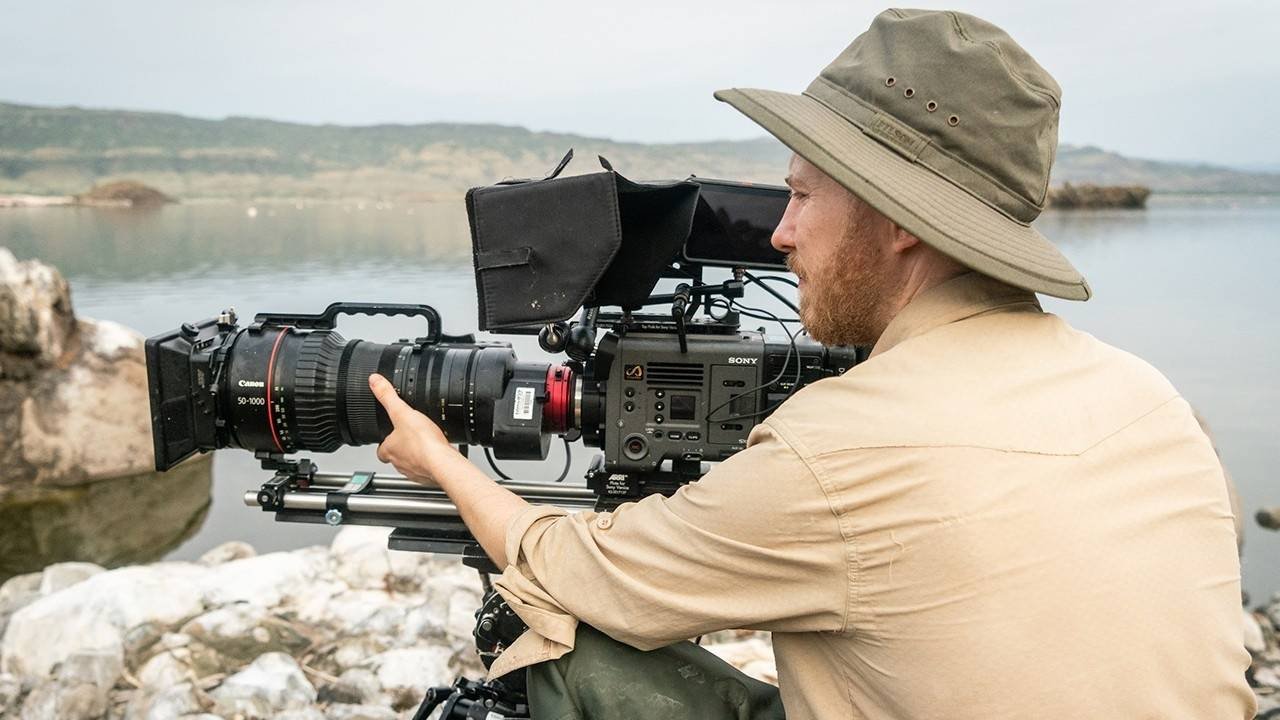The Unseen Narrator: Deconstructing the Language of Video Composition
Video composition is the silent, yet profoundly influential, narrator in visual storytelling. It is the deliberate architecture of visual elements within the frame, a practice that transcends mere aesthetics to become a critical component of narrative conveyance and emotional manipulation. Far from a rigid set of rules, composition is a sophisticated visual language that, when expertly wielded, guides the viewer’s gaze, shapes psychological responses, and imbues a story with layers of meaning. Its mastery lies not just in creating a beautiful image, but in constructing a meaningful one, where every line, shape, and shadow serves the overarching story. This orchestration of the frame is a testament to the filmmaker’s intent, turning passive viewing into an active, interpretive experience.
The psychological impact of composition is rooted in its ability to harness the viewer’s innate perceptual tendencies. Techniques like the rule of thirds, for example, create visual balance and dynamism by placing key elements along a 3×3 grid, a method that avoids the static and less engaging nature of a centered subject. [1] This principle guides the viewer’s eye in a natural pattern, ensuring crucial story elements are prominently featured. [2] Similarly, the use of geometric shapes within the frame taps into subconscious associations; circles and rounded forms often signify innocence and friendliness, while sharp, angular shapes like triangles can evoke feelings of fear or instability. [3][4] The strategic use of negative space—the empty areas surrounding a subject—can powerfully convey emotions like isolation or freedom. [2][5] Furthermore, the camera’s angle relative to the subject dramatically influences power dynamics; a low-angle shot empowers the subject, making them appear dominant, whereas a high-angle shot can render them vulnerable or insignificant. [6][7] These choices are not arbitrary; they are deliberate psychological tools designed to control emotion and guide interpretation, subtly shaping the audience’s connection to the characters and their circumstances. [8]
The narrative function of composition is powerfully amplified by the integration of camera movement and color theory. A camera is not a static observer; its movement shapes the visual language of a film, setting the tone and controlling the rhythm of the narrative. [9] A slow, steady dolly-in can build intimacy and draw attention to a critical detail, while a rapid, shaky handheld movement can plunge the viewer into a state of chaos and disorientation. [9][10] These movements guide the viewer’s attention, control the reveal of information, and can significantly influence emotional reactions. [11][12] Complementing this kinetic language is the strategic use of color. Color theory in film is the art of using specific hues to elicit emotional responses from the audience. [13][14] Warm colors like reds and oranges can evoke passion or urgency, while cool colors like blues and greens often suggest calmness or melancholy. [15] Filmmakers construct specific color schemes to create a cohesive mood; complementary colors (e.g., orange and blue) create high-contrast drama and conflict, often seen in action films, while monochromatic palettes unify a scene with a powerful, singular mood. [13][16] The interplay between a dynamic camera and a deliberate color palette creates a rich, multi-layered visual narrative that communicates meaning far beyond dialogue. [6]
Beyond foundational principles, advanced compositional strategies offer filmmakers even more nuanced control over the narrative. The manipulation of Depth of Field (DoF)—the range of focus within a shot—is a crucial storytelling device. [17][18] A shallow DoF, which isolates a sharp subject against a blurred background, is a powerful tool for directing viewer attention and creating a sense of intimacy or emotional intensity. [10][19] Conversely, a deep DoF keeps the entire scene in focus, emphasizing the environment and its relationship to the story. [17][20] The use of leading lines, whether natural or architectural, serves as a visual pathway, guiding the audience’s gaze toward key story elements and creating a sense of depth and movement. [21][22] In documentary filmmaking, these techniques are equally vital. Composition can infuse factual content with thematic meaning; a wide shot, for instance, can use the environment to reflect a subject’s character without a single word being spoken. [23] Ultimately, the evolution of cinematic language, from the early reliance on montage to the nuanced use of composition in depth, demonstrates a continuous drive toward a more sophisticated visual narrative, where the arrangement of every element within the frame is a deliberate act of storytelling. [24][25]



